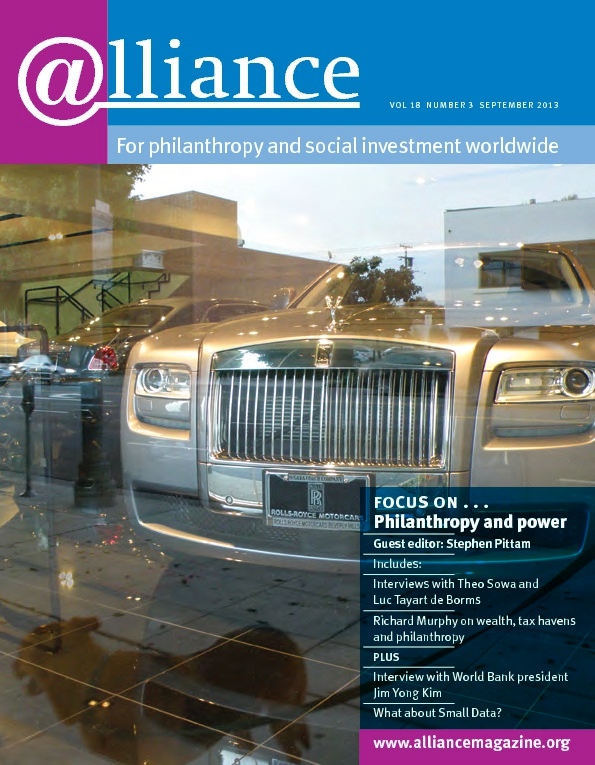This is a beautifully designed and presented book – a joy to look at and to read. The authors draw us in with their introductions to a cast of remarkable characters and their pioneering passions. These are, in general, people who illustrate the value of individuals and institutions with the money and influence to move beyond, and often against, the popular public appeal of the day. Geraldine and Barrow’s passion for treating juvenile offenders differently was truly innovative and far-reaching – but would almost certainly have been as politically toxic then as it is today.
The book is as much a history of Cadbury family values and generosity as it is a history of the trust – and sometimes the two are difficult to distinguish. Geraldine is one of the shining stars and undoubtedly deserves a book of her own. Geraldine, born in 1865, thought of a university education but was then given a post in her father’s firm supervising 100 female workers. It was Geraldine who initiated juvenile courts and hostels for young offenders and acted as an unpaid probation officer. Geraldine who chose the furniture at the open-air schools she created for poor Birmingham children, and insisted on dressing the girls in frocks from Liberty.
The history of philanthropy and foundations is typically presented as one of great men – Rockefeller, Carnegie, Rowntree, Nuffield and so on. There are, of course, some recognized female philanthropists – but this book alerts us to at least consider the semi-hidden role of women in the great philanthropies of the last 100 or so years, not just as ‘tributes’ to wife or mother but rather as the movers and thinkers behind the foundation and the strategy. Geraldine was without doubt the guiding force in the creation and early years of the trust.
There are some wonderful insights and anecdotes. For example, Bournville is named after the Bourn brook with ‘ville’ tacked on to appeal to customers who preferred French chocolates; the original objects of the Joseph Rowntree Memorial Trust included parks and pleasure grounds, professorships and scholarships, as well as the better-known reference to understanding the causes of poverty and distress. Barrow and Geraldine disliked being described as ‘philanthropists’, believing that it smacked of patronage. And in a wonderfully vivid analogy, Paul Cadbury describes Geraldine as ‘turning up the carpet’ under which puritan Victorian reformers had swept the crumbs where they could not be seen.
The story is a charming insight into a remarkable family, and it is a reminder that philanthropy (forgive me, Geraldine) is both highly personal and, when it searches for causes and solutions, highly political. In this book we see a family attempting not only to ameliorate but primarily to make some sustainable change to the way in which various problems are addressed.
If the book has a weakness it is that the trust’s interests, style and practices are described without reference to the prevailing philanthropic context. It would be easy, for example, to be shocked by some of the trust’s grantmaking practices (gifts to old friends fallen on hard times) and recruitment practices if you didn’t know that this was the norm in much of the foundation world at the time. Conversely, it is difficult to appreciate Paul Cadbury’s 1968 reorganization unless you understand how radical this was in the wider foundation context.
Similarly, understanding the way in which the trust worked and when and why that changed would be enriched by some reference to the modes of the time. The Anthony Wilson/Eric Adams eras, for example, are redolent of particular ways of thinking in the 1960s and early 1970s. Lack of a wider context means that we cannot place the trust among its peers and assess just how radical, or representative, it really was. Lack of the wider context also means that the trust appears to act alone in a world curiously devoid of other foundations (the only other foundation mentioned is Joseph Rowntree Charitable Trust). In fact, the trust not only worked with, and in the context of, others but was also an important player in the somewhat difficult birth of the Association of Charitable Foundations – an achievement in itself.
The book ends with an excellent chapter by Ruth Cadbury and Anna Southall. This is succinct, wise and challenging – don’t miss it!
Diana Leat is an independent consultant. Email dianaleat@hotmail.com
A History of the Barrow Cadbury Trust
Merlin Waterson and Samantha Wyndham Barrow Cadbury Trust
ISBN 9780957484009


Comments (0)